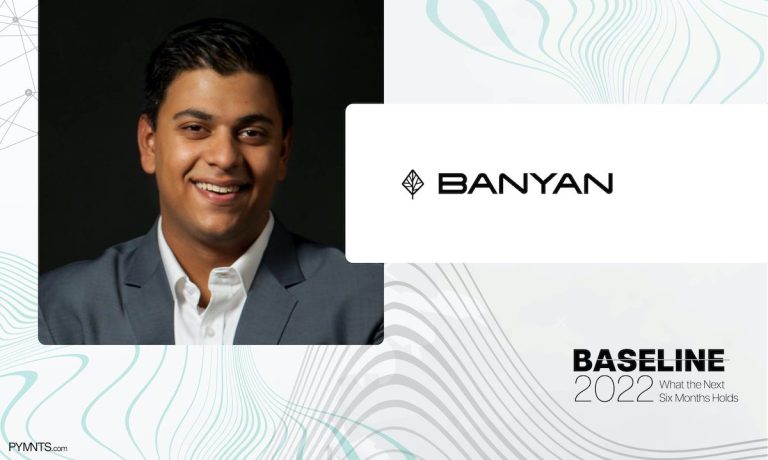
Consumers are accustomed to personalized, seamless mobile experiences, and loyalty programs are no different, Jehan Luth, founder and CEO of Banyan, writes in the PYMNTS eBook “Baseline 2022: What the Next Six Months Holds.”
With inflation surging and gas prices soaring to record highs, consumers are looking for meaningful ways to save money. Many are embracing rewards programs more closely than ever. In a recent survey by Treasure Data, 82% of respondents said loyalty and rewards programs now influence their buying choices.
But consumers don’t want the rewards programs of yesteryear. Shoppers today expect the convenience and efficiency of digital at all times. They are accustomed to personalized, seamless experiences integrated into their preferred mobile app of choice, and they demand the same from every merchant. This is a challenge. But it is also a tremendous opportunity for banks and merchants to collaborate and drive higher spend and greater loyalty for both if they work together and leverage the new tools now available to them.
One of the most powerful tools is item-level receipt data, which can unlock and facilitate this collaboration. Item-level receipt data from Banyan gives banks and merchants the ability to leverage merchant receipt data at the item level, not just the category level. This opens up exciting value propositions for consumers, better use of a frequently visited channel for merchants and fresh budgets for both banks and merchants. In short, there are many powerful new ways for banks and merchants to win together.
In particular, we see three ways banks and merchants can use item-level receipt data to create innovative and beneficial programs.
Item-level and category-level data enable banks to tap into strategic merchant budgets while allowing merchants to leverage the bank channel — one that is visited often — for targeted marketing. Campaigns can be created around high-margin categories, like beauty products and electronics, and to achieve key merchant objectives, like moving overstocked inventory.
Item-level categorization gives financial institutions the power to drive everyday spend to their cards by more accurately categorizing purchases. This enables the targeted offering of incentives to exactly the items they want to reward (for instance, groceries but not a TV at a big-box retailer). This also opens new opportunities for loyalty programs focused on areas that consumers are passionate about, like health and wellness. Enhanced issuer-merchant collaboration creates greater agility around rewards offerings — a determining factor in card choice — and drives repeat usage and higher spend.
With item-level categorization, consumers gain a much better understanding of their spending behavior (e.g., electronics rather than general merchandise). This allows merchants and banks — always with consumer permission — to more accurately recommend products and services that consumers want and need. Not only does this help consumers save money in the categories they frequent, it also provides important information regarding the financial services they need. This supports creating offers that are relevant and timely — like a buy now, pay later (BNPL) offer for a big purchase or a line of credit when a consumer looks ready to upgrade their home, further driving consumer satisfaction and loyalty.
Final Takeaway
As inflation crimps spending, banks and merchants are collaborating as never before to offer meaningful loyalty programs and deliver real savings to consumers — at a time they need them most.